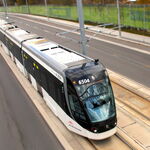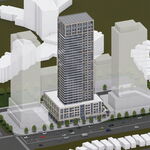Or, more likely, induced demand is simply a lot less black and white of a concept than the media portrays. It's a real thing which is very poorly represented in media on how it works.
Luckily the Gardiner will probably be a better representation than most given the strong transit alternatives available, but I don't think we'll see 30% of traffic just magically evaporate because of the construction. We will definitely see some evaporation.. maybe 15%, but not enough to offset the 30% loss in capacity. And some of that evaporation will simply come from trips no longer happening - i.e. reduced economic activity, which isn't a good thing.





